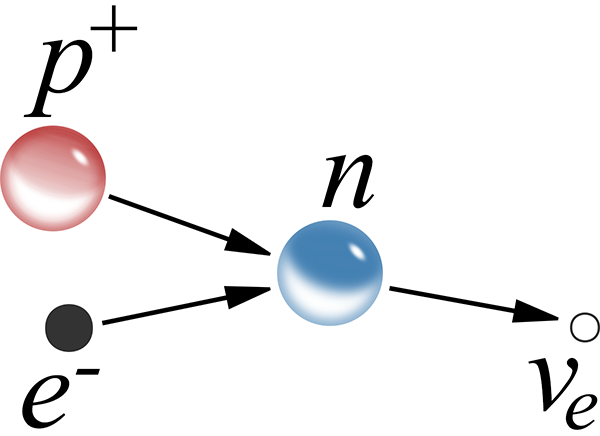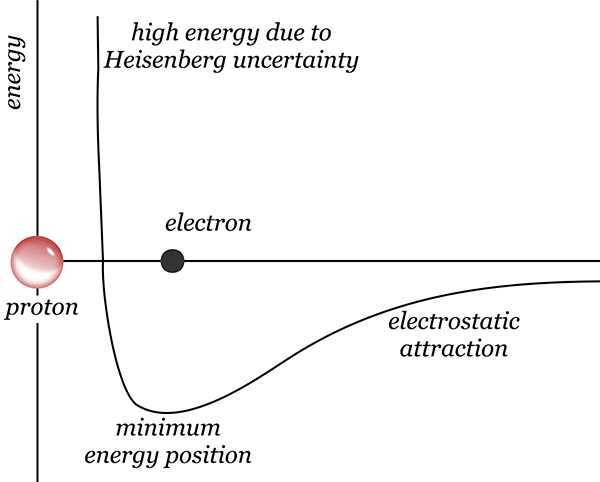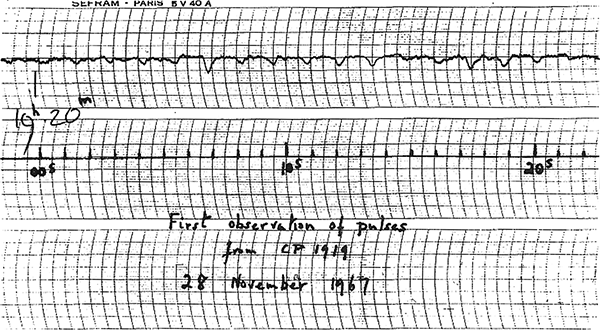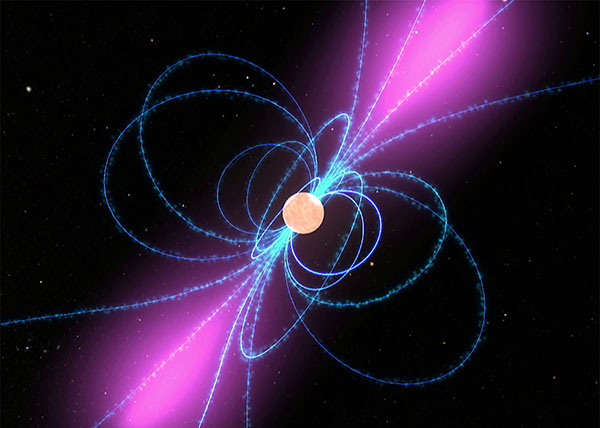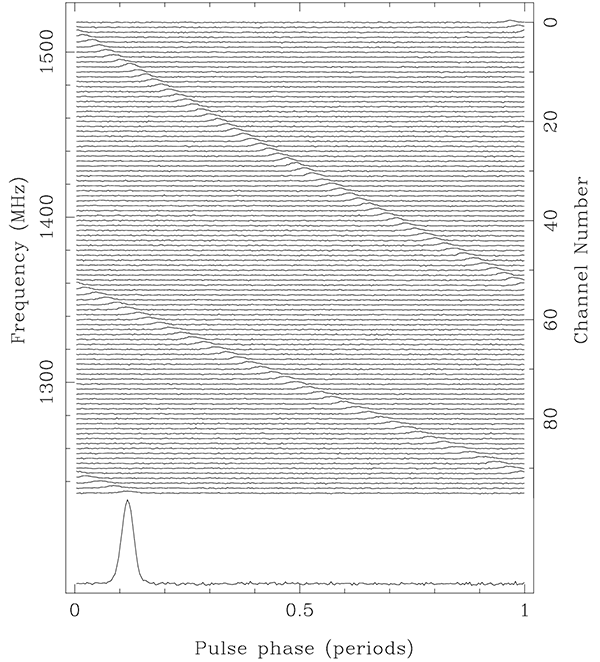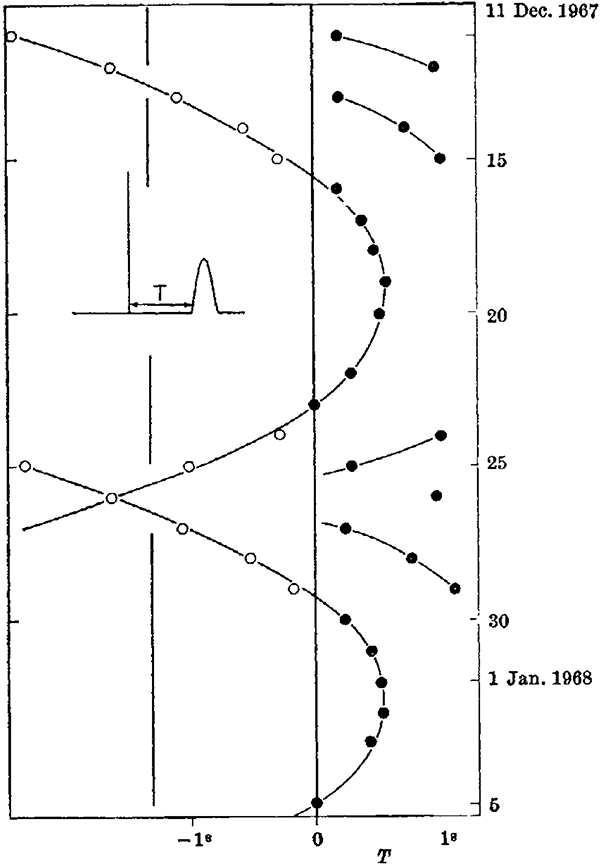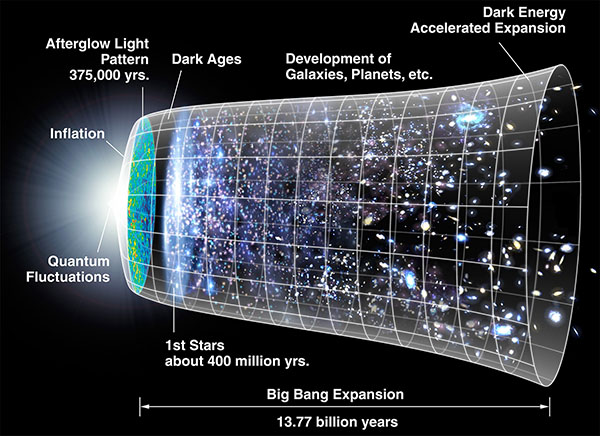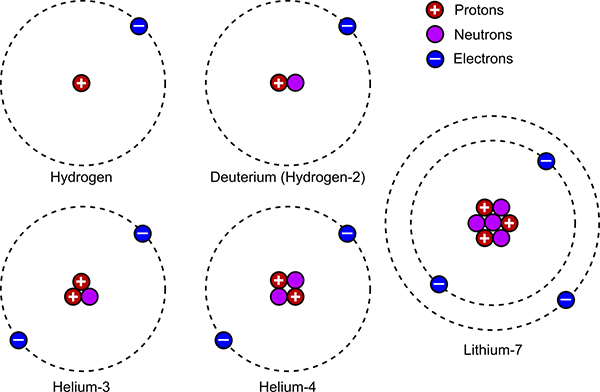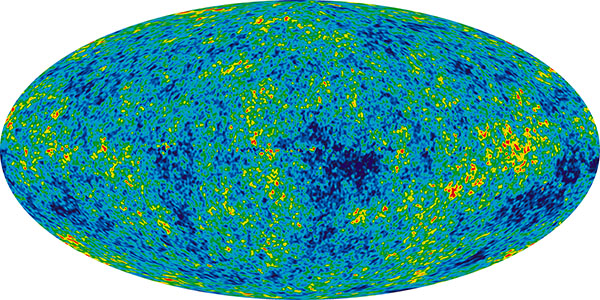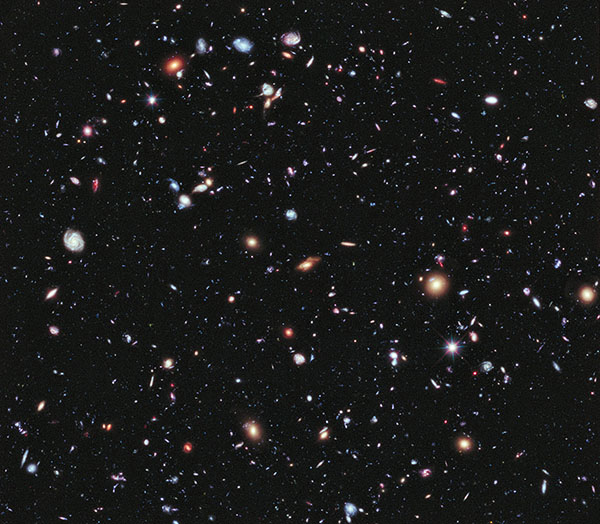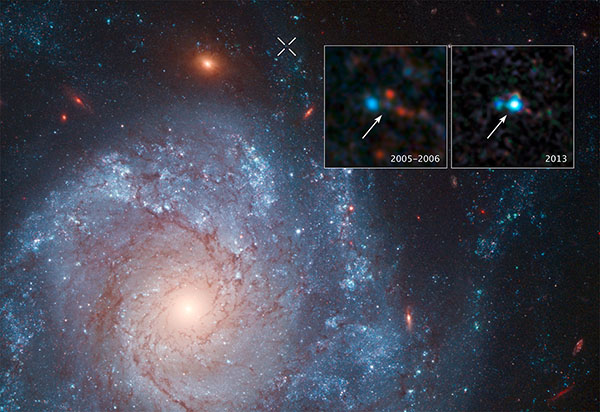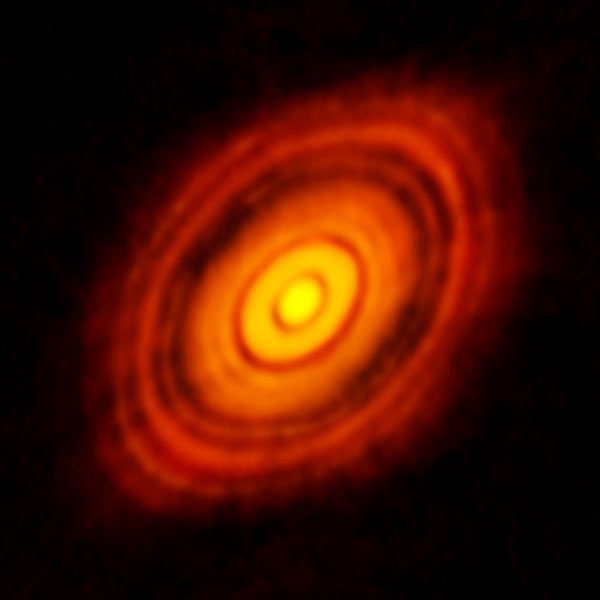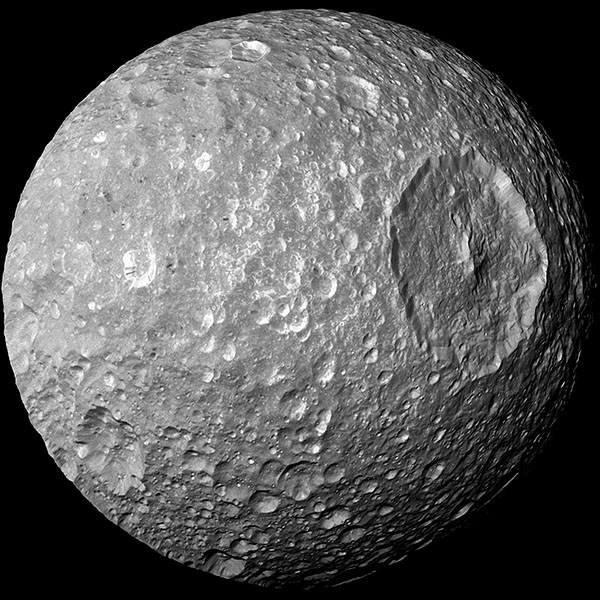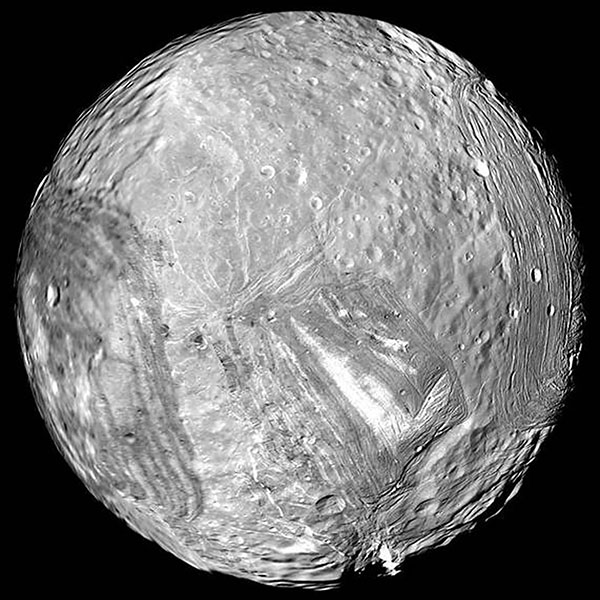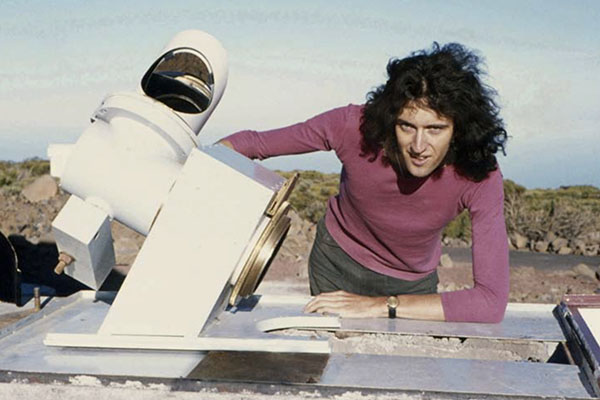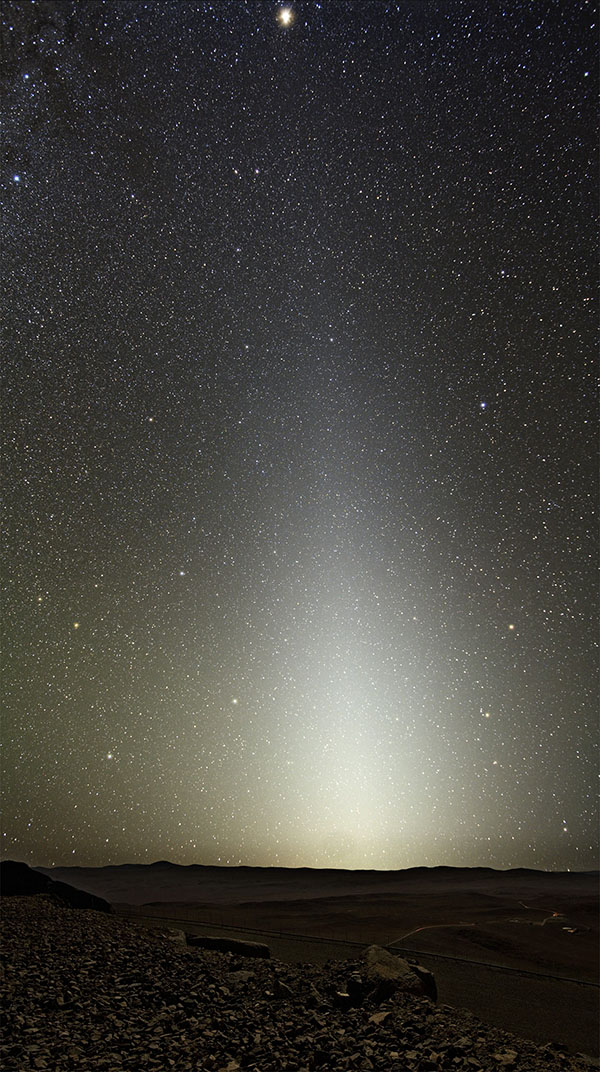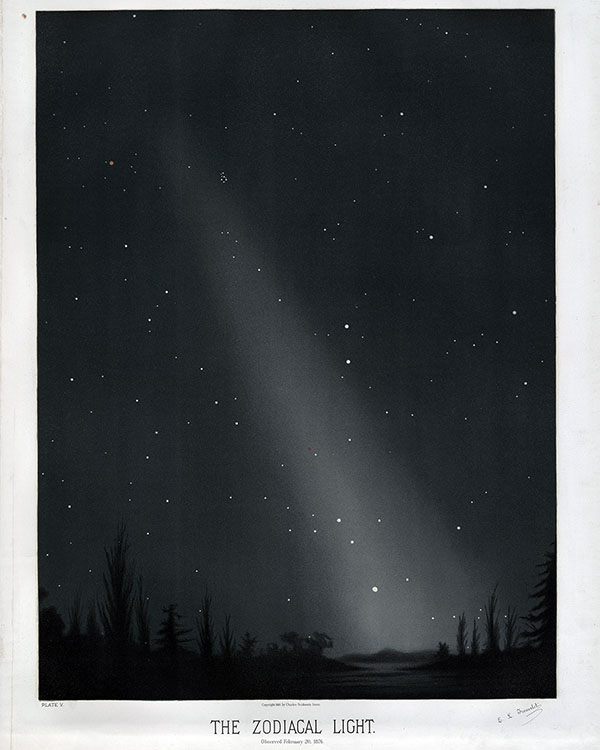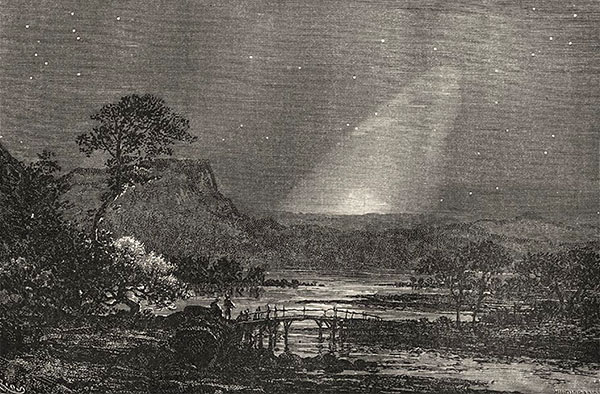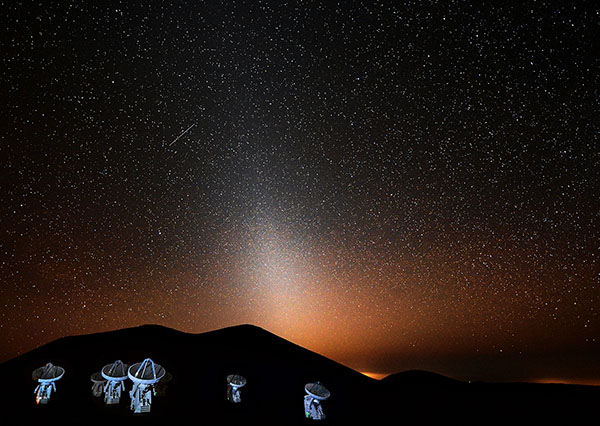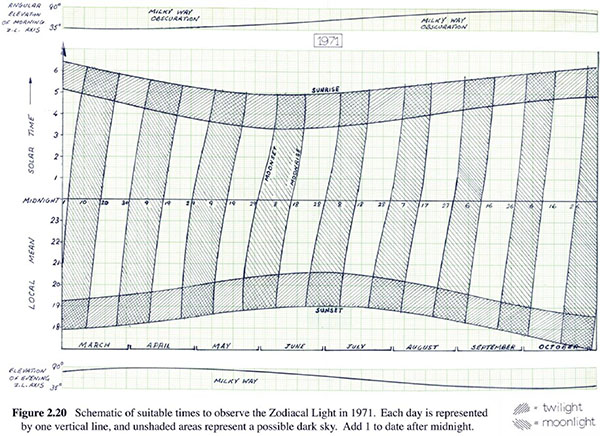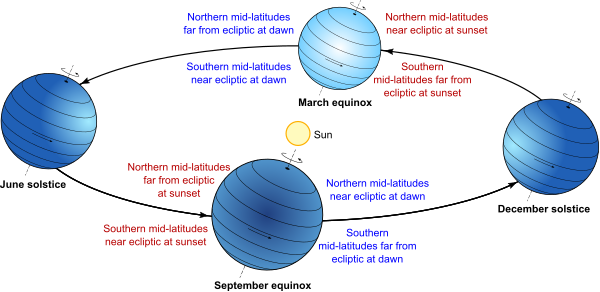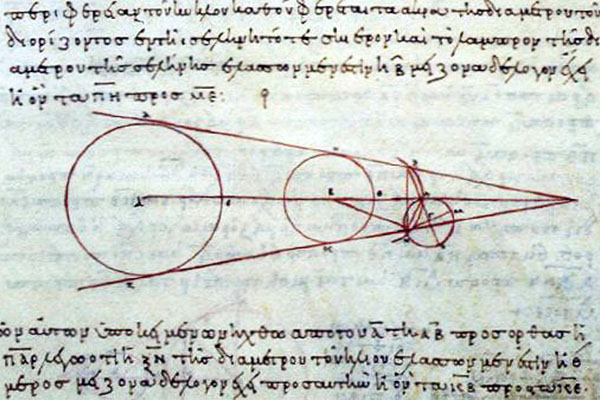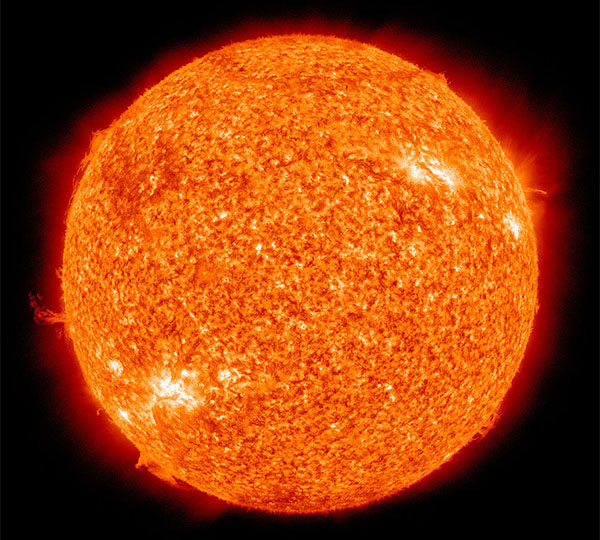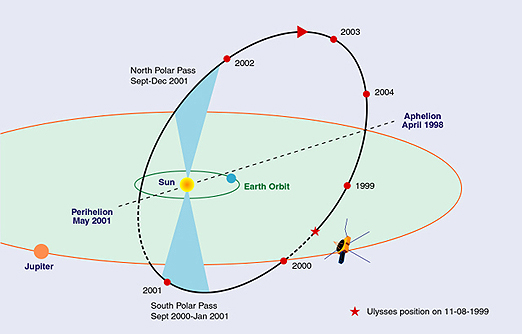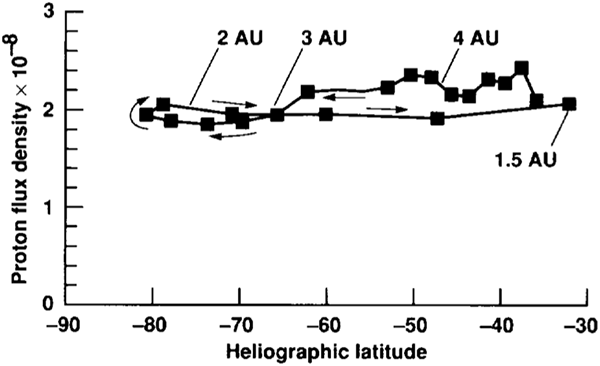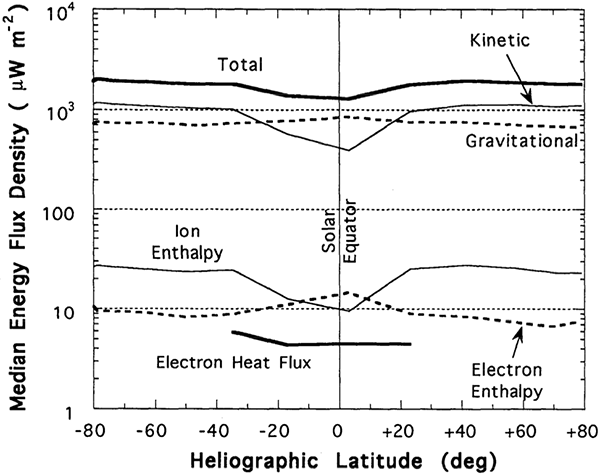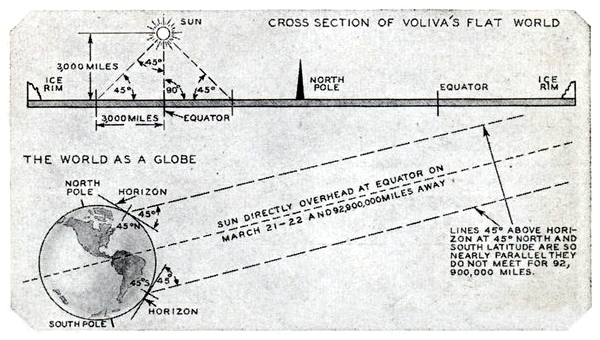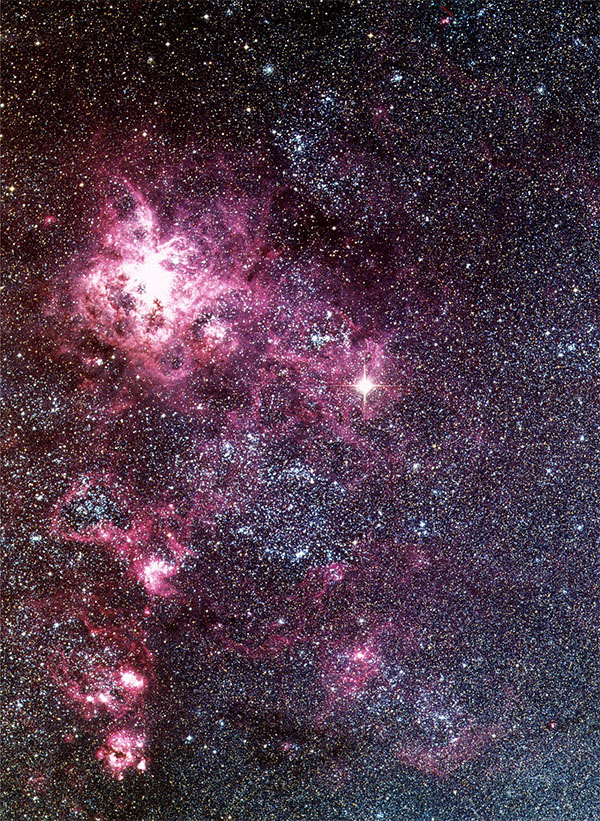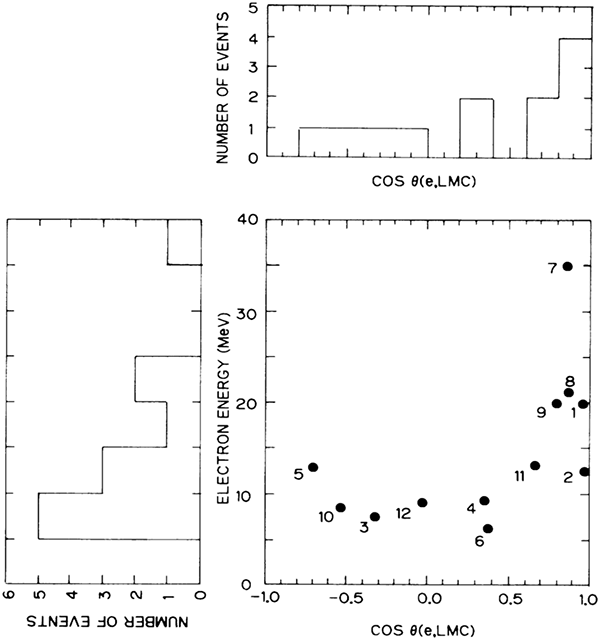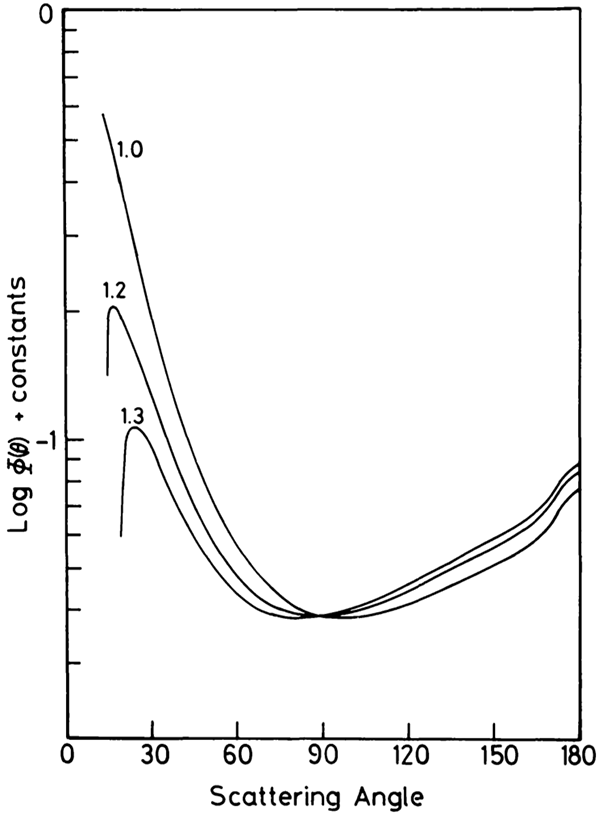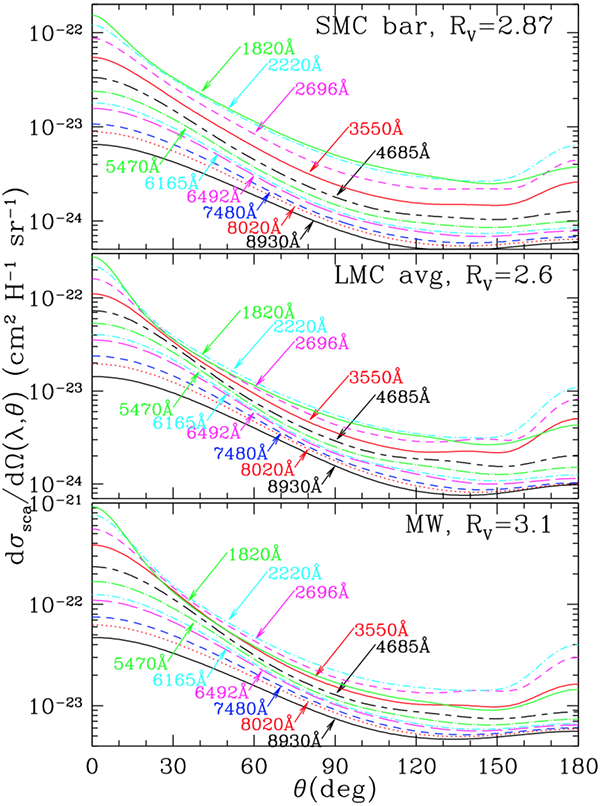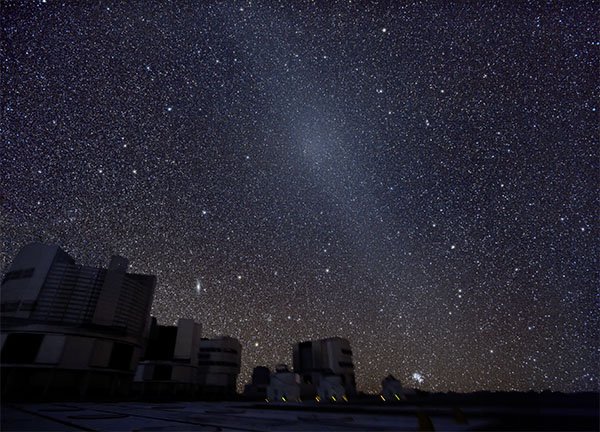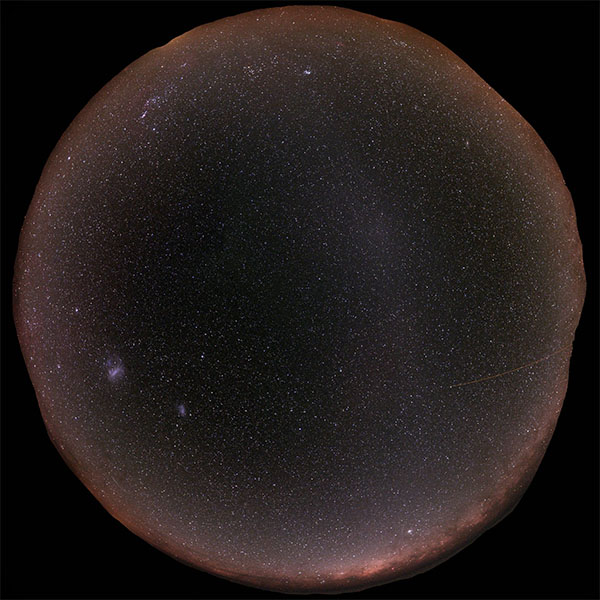The French physicist Henri Becquerel discovered the phenomenon of radioactivity in 1896, while performing experiments on phosphorescence – the unrelated phenomenon that causes “glow in the dark” materials to glow for several minutes after being exposed to light. He was interested to see if phosphorescence was related to x-rays, discovered only a few months earlier by Wilhelm Roentgen. In his experiments, Becquerel noticed that uranium salts could darken photographic film, even if wrapped in black paper so that no light could fall on the film, and even from non-phosphorescent uranium samples. The conclusion was that some sort of penetrating rays were being emitted by the uranium itself, without being excited by external energy.
Marie and Pierre Curie quickly discovered other radioactive elements, and Becquerel himself discovered by experimenting with magnets that there were three different types of radioactive radiation: two deflected in different directions by a magnetic field and one not deflected at all. In 1899, Ernest Rutherford characterised the first two types, naming them alpha and beta particles, with positive and negative electric charges. Becquerel measured the mass/charge ratio of beta particles in 1900 and determined that they were the same as the electrons discovered by J. J. Thomson in 1897. In 1907 Rutherford showed that alpha particles were the nuclei of helium atoms. And in 1914, he showed that the third type of radiation, named gamma rays, were a form of electromagnetic radiation.
This was an exciting time in physics, and our understanding of atomic structure was revolutionised within the space of two decades. Besides discovering the basic structure of the atom and how it related to the phenomenon of radioactive decay, several peripheral phenomena also came to the attention of scientists.
One observation was that atoms in the atmosphere were sometimes ionised, or “electrified” as the scientists of the time described it. Ionisation is the process of electrons being stripped off neutral atoms, to form negatively charged free electrons and positively charged atomic ions (consisting of the atomic nucleus and a less-than-full complement of electrons). It was clear that radioactive rays could ionise atoms in the air, and so scientists assumed that it was radiation from radioactive elements in the ground that was ionising the air near ground level.
Except strangely the amount of ionising radiation in the atmosphere seemed to increase with increasing altitude. German physicist and Jesuit priest Theodor Wulf invented in 1909 a portable electroscope capable of measuring the ionisation of the atmosphere. He used it to investigate the source of the ionising radiation by measuring ionisation at the base and the top of the Eiffel Tower. He found that the ionisation at the top of the 300 metre tower was a bit over half that at ground level, which was higher than he expected, since theoretically he expected the ionisation to drop by half every 80 metres, so to be less than one tenth the ionisation at ground level. He concluded that there must be some other source of ionising radiation coming from above the atmosphere. However, his published paper was largely ignored.
In 1911, the Italian physicist Domenico Pacini measured the ionisation rates in various places, including mountains, lakes, seas, and underwater. He showed that the rate dropped significantly underwater, and concluded that the main source of radiation could not be the Earth itself. Then in 1912, Austrian physicist Victor Hess took some Wulf electroscopes up in a hot air balloon to altitudes as high as 5300 metres, flying both in daylight, night time, and during an almost complete solar eclipse.
Hess showed that the amount of ionising radiation decreased as one moved from ground level up to about 1000 metres, but then increased again rapidly. At 5300 metres, there was approximately twice as much ionising radiation as at ground level.[1] And because the effect occurred at night, and during a solar eclipse, it wasn’t due to the sun. Hess had proven that there was a source of this radiation outside the Earth’s atmosphere. Further unmanned balloon flights as high as 9 km showed the radiation increased even higher with altitude.

What this mysterious radiation was remained unknown until the late 1920s. It was initially thought to be electromagnetic radiation (i.e. gamma rays and x-rays). Robert Millikan named them cosmic rays in 1925 after proving that they originated outside the Earth. Then in 1927 the Dutch physicist Jacob Clay performed measurements while sailing from Java to the Netherlands, which showed that their intensity increased as one moved from the tropics to mid-latitudes.[2] He correctly deduced that the intensity was affected by the Earth’s magnetic field, which implied the cosmic rays must be charged particles.

In 1930, the Italian Bruno Rossi realised that if cosmic rays are electrically charged, then they should be deflected either east or west by the Earth’s magnetic field, depending on whether they are positively or negatively charged, respectively.[3] Experiments found that at all locations on the Earth’s surface there are more cosmic rays coming from the west than from the east, showing that most (if not all) cosmic ray particles are positively charged. This observation was called the east-west effect.

Subsequent experiments determined that around 90% of cosmic rays entering our atmosphere are protons, 9% are helium nuclei (or alpha particles), and the remaining 1% are nuclei of heavier elements, with an extremely small number of other types of particles. And in 1936, for his crucial part in the discovery in cosmic rays, Victor Hess was awarded the Nobel Prize for Physics.
The origin of cosmic rays is however still not entirely clear. Our sun produces energetic particles that reach Earth, but cosmic rays are generally defined as coming from outside our own solar system. Our Milky Way Galaxy produces some of the lower energy particles, mostly from the direction of the galactic core, however at very high energies there is a deficit of cosmic rays in that direction, implying a shadowing effect on rays whose origin lies outside our galaxy. Known sources of cosmic rays include supernova explosions, supernova remnants (such as the Crab Nebula), active galactic nuclei, and quasars. But there are some very high energy cosmic rays whose source is still a mystery.
The fact that high energy cosmic rays originate from outside our galaxy, means that they should be isotropic – uniform in intensity distribution, independent of the direction from which they approach Earth. However, the Earth is not a stationary observation platform. The Earth orbits the sun at a speed of almost 30 km/s. But on a galactic scale this motion is dwarfed by the sun’s orbital speed around the core of our galaxy, which is 230 km/s, roughly in the direction of the star Vega, in the constellation Lyra. So relative to extragalactic cosmic rays, Earth is moving at an average speed of approximately 230 km/s. This speed adds to the energy of cosmic rays coming from the direction of Vega, and subtracts from the energies of cosmic rays coming from the opposite direction.

This difference is known as the Compton-Getting effect after the discoverers Arthur Compton and Ivan Getting.[4] It produces about a 0.1% difference in the energies of cosmic rays coming from the opposite directions, which can be observed statistically. The effect was confirmed experimentally in 1986.[5]
So we have two different observational effects that have been experimentally confirmed in the distribution of cosmic rays arriving at Earth. The Compton-Getting effect shows that the Earth is moving in the direction of the star Vega. Vega is of course above the Earth’s horizon as seen from half the planet’s surface at any one time, and below the horizon (behind the planet) from the other half of the Earth’s surface. By measuring cosmic ray distributions, you can show that the direction defined by the Compton-Getting anisotropy relative to the ground plane varies depending on your position on Earth. In other words, by measuring cosmic rays, you can prove that the Earth’s direction of motion through the galaxy is upwards from the ground in one place, while simultaneously downwards into the ground from a point on the opposite side of the planet, and at intermediate angles in places in between. Which is perfectly consistent for a spherical planet, but inconsistent with a Flat Earth.
The second effect, the east-west effect, is also readily explained with a spherical Earth, with the addition of a simple dipole magnetic field. As can be seen in the diagram above (“Illustration of the east-west effect”), incoming positively charged cosmic rays are uniformly deflected to the right (as viewed from above Earth’s North Pole), resulting in more rays arriving from the west than from the east, independent of location or time of day. The same observed east-west effect could in theory be produced on a Flat Earth, but only if the magnetic field is flattened out as well, holding the same relative orientation to the Earth’s surface as it does on the globe.

This would result in the field being grossly distorted from that of a simple dipole, and thus requiring some exotic method of generating such a complex field – a complex field that just happens to mimic exactly the field of a straightforward dipole if the Earth were spherical. In another application of Occam’s razor (similar to its use in article 8. Earth’s magnetic field), it is more parsimonious to conclude that the Earth is not flat, but spherical.
References:
[1] Hess, V.F. “Über Beobachtungen der durchdringenden Strahlung bei sieben Freiballonfahrten” (Observation of penetrating radiation in seven free balloon flights). Physikalische Zeitschrift, 13, p.1084-1091, 1912. http://inspirehep.net/record/1623161/
[2] Clay, J. “Penetrating radiation”. Proceedings of the Royal Academy of Sciences Amsterdam, 30, p. 1115-1127, 1927. https://www.dwc.knaw.nl/DL/publications/PU00011919.pdf
[3] Rossi, B. “On the magnetic deflection of cosmic rays”. Physical Review, 36(3), p. 606, 1930. https://doi.org/10.1103/PhysRev.36.606
[4] Compton, A. H., Getting, I. A. “An Apparent Effect of Galactic Rotation on the Intensity of Cosmic Rays”. Physical Review, 47, p. 817-821, 1935. https://doi.org/10.1103/PhysRev.47.817
[5] Cutler, D., Groom, D. “Observation of terrestrial orbital motion using the cosmic-ray Compton–Getting effect”. Nature, 322, p. 434-436, 1986. https://doi.org/10.1038/322434a0




